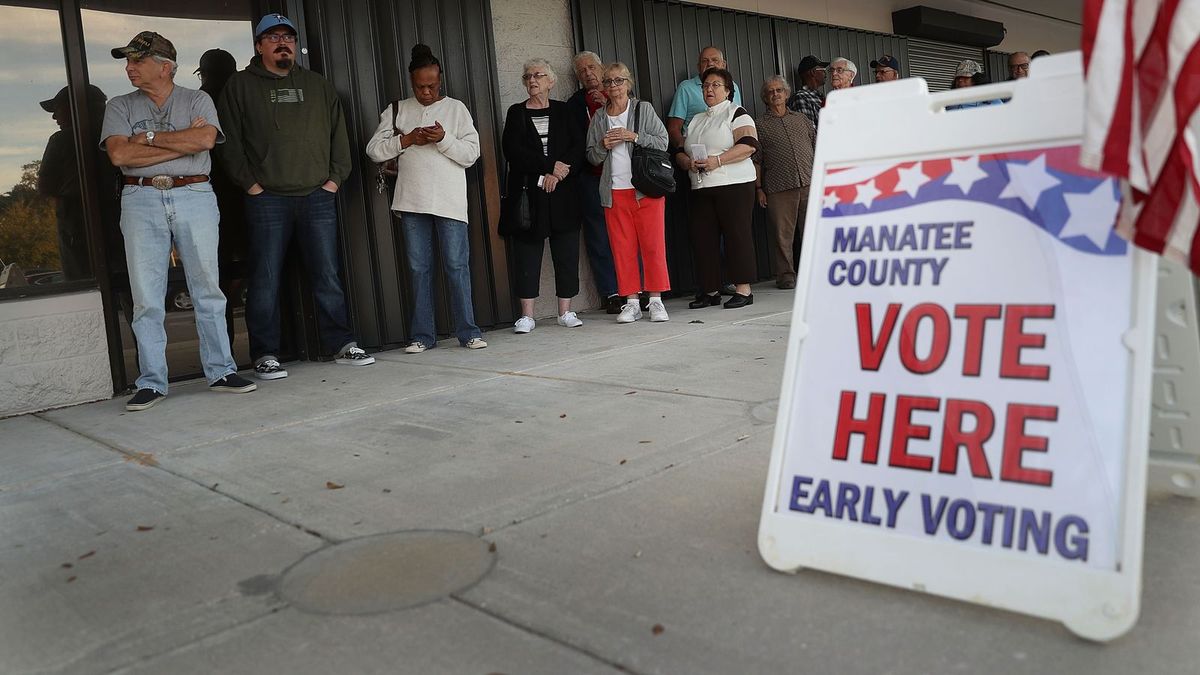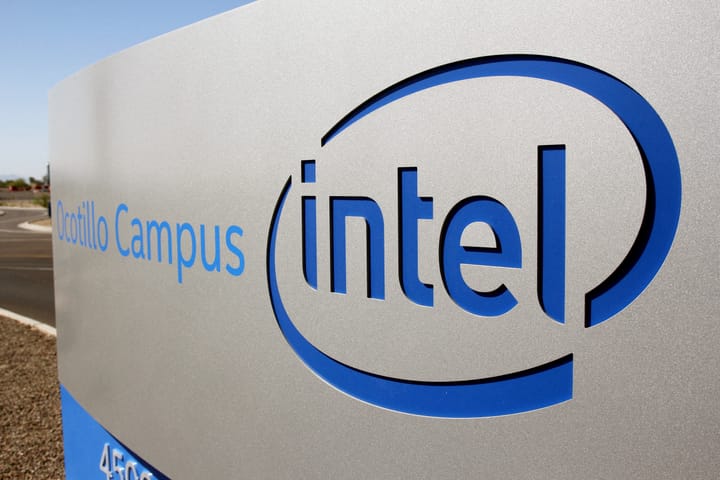Which states allow early voting and how is it done?

A few minutes every morning is all you need.
Stay up to date on the world's Headlines and Human Stories. It's fun, it's factual, it's fluff-free.
Amid all the debate over whether voting by mail should be allowed in this election, former President Barack Obama and many others have urged people to vote early. While Election Day is officially November 3, 2020, many states allow their citizens to vote days and even weeks ahead of time. This can be done in person or with mail-in ballots.
Early voting is considered a safe alternative for voters who are concerned that their ballots might get lost in the mail as well as those who are worried that voting in person may not be safe if COVID-19 spread has not been fully stopped by Election Day.
Here are the states where early voting is allowed and how it works.
The early voting process
Most states allow early voting, with 41 states and Washington, DC permitting what is known as “no-excuse early voting.” This means that a voter can vote early for any reason without needing to provide justification to do so. All states allow residents to request and submit an absentee ballot if they will not be in the state on the day of the election.
The period in which votes can be cast early varies state to state. The National Conference of State Legislatures has compiled a chart with the information for the various states. In states where early voting is allowed, people can generally vote at the office of the county election official, registrar, or other government official. Or they can simply mail in their ballots if that option is available.
Virginia and Delaware are the two most recent states to enact early voting, but while Virginia’s begins this year, Delaware’s early voting policy won’t be in effect until 2022.
These states allow early voting
Some states allow early voting more than a month before Election Day, These include Illinois, Maine, Michigan, Minnesota, New Jersey, South Dakota, Vermont and Wyoming.
States that allow voting between two weeks and a month before Election Day include Alaska, Arizona, Arkansas, California, Indiana, Iowa, Kansas, Louisiana, Montana, Nebraska, North Dakota, Ohio, Tennessee, Texas, Utah, West Virginia (13 days) and Wisconsin.
The remaining states generally allow early voting between a week and 10 days prior to the election, or it starts on a set day, such as the fourth Monday prior to the election. These states include Delaware (starting in 2022), Washington, DC, Florida, Georgia, Hawaii, Idaho, Maryland, Massachusetts (11 days), Nevada, New Mexico, New York, North Carolina, Oklahoma and Virginia.
The states that currently do not have no-excuse early voting options are Alabama, Connecticut, Kentucky, Mississippi, Missouri, New Hampshire, Pennsylvania, Rhode Island and South Carolina.
Five states – Colorado, Hawaii, Oregon, Utah and Washington – conduct all voting by mail. In these states, voters can mail their ballots or put them in voting drop-boxes.
Voters can go to vote.org and search for their specific state to get more detailed information on registering, applying for an absentee ballot and returning ballots.
President Obama wants you to vote early
On August 14, Obama tweeted, “If you’re in a state where you have the option to vote early, do that now. The more votes in early, the less likely you’re going to see a last minute crunch, both at polling places and in states where mail-in ballots are permitted. Then tell everyone you know.”
In his speech at the 2020 Democratic National Convention on August 19, given virtually from Philadelphia, Pennsylvania, Obama reiterated his call for people to vote early in the wake of Republicans’ alleged efforts at voter suppression.
“They know they can’t win you over with their policies,” he stated. “They’re hoping to make it as hard as possible for you to vote and to convince you that your vote doesn’t matter. That’s how they win … Do not let them take away your power. Don’t let them take away your democracy. Make a plan right now for how you’re going to get involved and vote. Do it as early as you can and tell your family and friends how they can vote too.”
Donald Trump has already voted by mail
On August 19, NPR confirmed that President Donald Trump had voted early and had done so by mail. This is nothing unusual, as Trump and multiple members of his family and staff – including his daughter and son-in-law, Ivanka and Jared Kushner, as well as Vice President Mike Pence – have voted by mail many times in the past.
Of course, Trump’s vote is news because he has been so insistent that allowing nationwide voting by mail will lead to rampant voter fraud. It’s a claim that he and other Republicans have made despite providing no evidence. In fact, in the states that have conducted voting exclusively by mail in previous elections, there has been no related rise in cases of voter fraud.
As NPR explained, it wasn’t only that Trump voted by mail, but the method by which he did it, that was hypocritical.
“Trump submitted the Florida primary ballot by giving it to a third party to return, a spokesperson for the Palm Beach elections supervisor confirmed to NPR on Wednesday. Republicans often derisively refer to sending in a ballot this way as ‘ballot harvesting,’ and it’s something Trump has criticized.”
Trump announced in November 2019 that he was changing his permanent residence from New York City to Palm Beach, Florida. He said his reason was the fact that he had “been treated very badly by the political leaders of both the city and state.”
Presumably, being a resident of Florida and having to submit his vote by mail – as absentee voting is called in Florida – is why he tweeted in support of the practice specifically for that state on August 4.
“Whether you call it Vote by Mail or Absentee Voting, in Florida the election system is Safe and Secure, Tried and True.”
Have a tip or story? Get in touch with our reporters at tips@themilsource.com




Comments ()